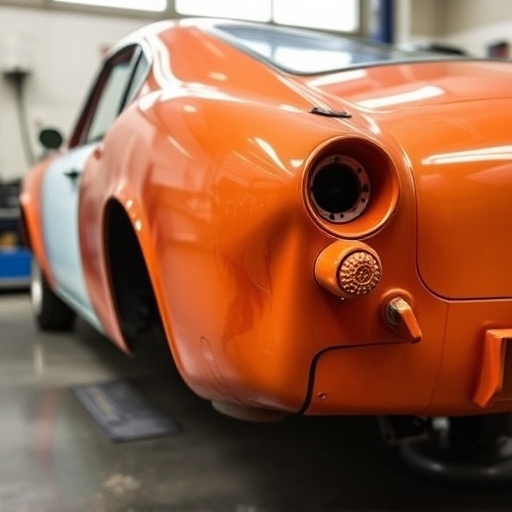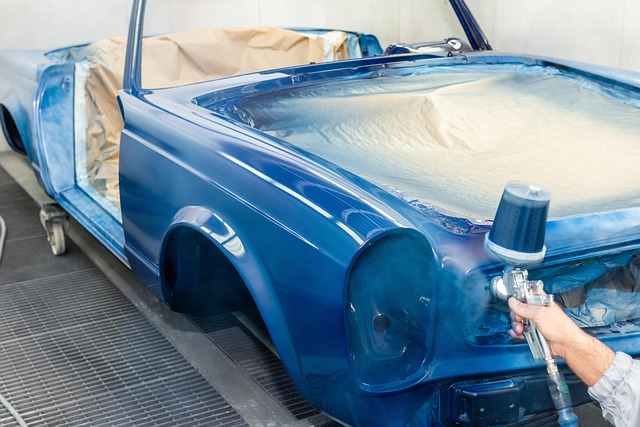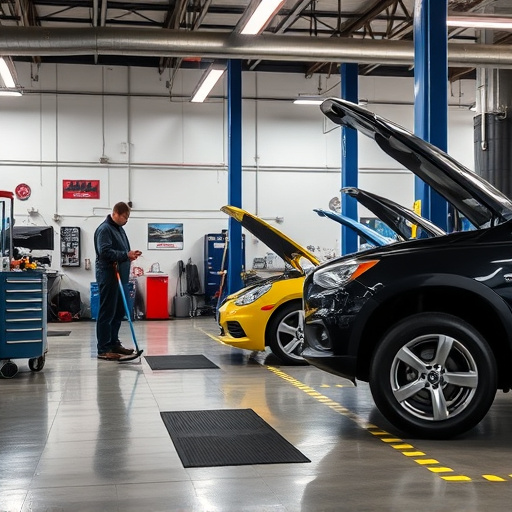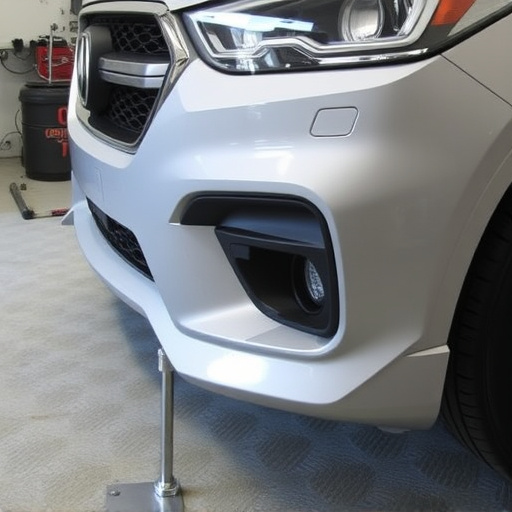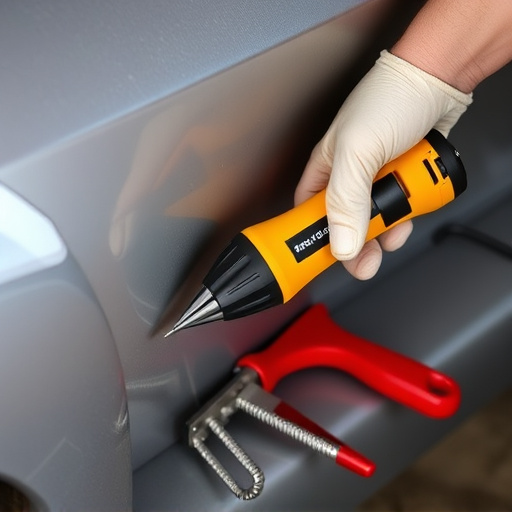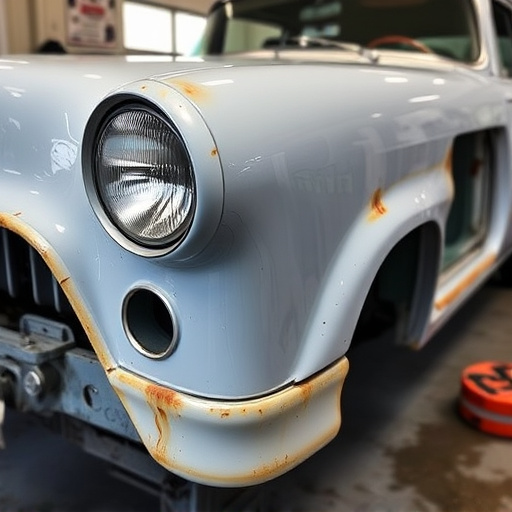Understanding and optimizing sectioning procedures are key to accurate cost estimation in vehicle collision repair, especially for luxury brands like Mercedes. This involves detailed assessments, prioritizing safety and aesthetics, comparing quotes from reputable shops, strategic budgeting, material estimates, proactive budget adjustments, transparent pricing, bulk purchasing, eco-friendly materials, digital technologies, and regular equipment maintenance to enhance efficiency and affordability without compromising quality.
“In the realm of construction and renovation, efficient sectioning procedures are key to successful project management. This article delves into the intricate details of sectioning costs, offering valuable insights for budget-conscious professionals. We’ll first demystify sectioning expenses, breaking down common cost factors. Next, discover practical budgeting tips to optimize your projects’ financial health. Furthermore, explore innovative strategies to minimize costs without compromising quality.”
- Understanding Sectioning Procedures: Costs Explained
- Budgeting Tips for Efficient Sectioning
- Optimizing Expenses: Strategies for Cost-Effective Sectioning
Understanding Sectioning Procedures: Costs Explained
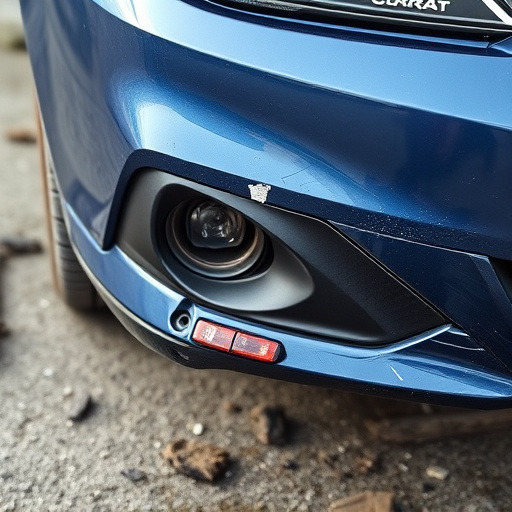
Understanding sectioning procedures is key when considering costs for any vehicle collision repair, be it a simple fender bender or a complex Mercedes Benz collision repair. These procedures are essential steps in the car body restoration process, ensuring that damaged vehicles are returned to their pre-accident condition. The cost of sectioning depends on several factors, including the extent of damage, the type of materials required, and labor expenses.
For instance, in a standard car body restoration, sectioning might involve cutting away and replacing damaged panels, such as doors or fenders. In contrast, mercedes benz collision repair may demand more intricate procedures due to the brand’s precise manufacturing standards. The use of specialized equipment, rare replacement parts, and highly skilled labor can significantly impact the overall budget. Efficient budgeting tips include detailed assessments, prioritizing repairs based on safety and aesthetics, and comparing quotes from different auto body shops to ensure cost-effectiveness without compromising quality.
Budgeting Tips for Efficient Sectioning
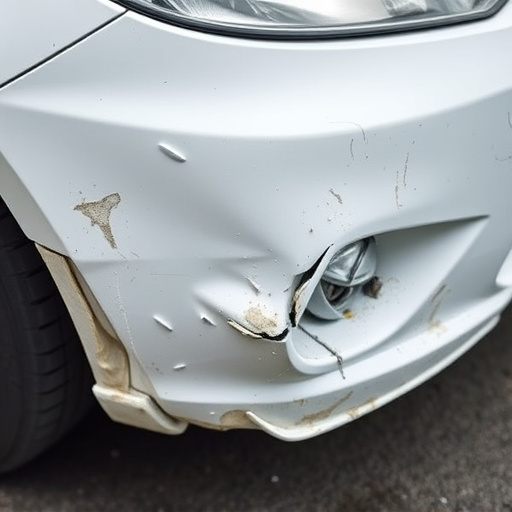
When managing the costs associated with sectioning procedures, auto repair shops can significantly enhance their efficiency by adopting strategic budgeting practices. The initial step involves a thorough assessment of the project’s scope and requirements. By breaking down the task into manageable sections, shops can allocate resources more accurately, ensuring that each section is budgeted for appropriately. This meticulous approach allows for a more precise estimate of materials needed for car bodywork and auto painting, preventing unnecessary expenditure.
Additionally, regular reviews of financial records and adjustments to budgets as projects progress are vital. This proactive measure enables shops to identify areas where costs can be optimized without compromising quality. Encouraging transparency in pricing among suppliers and service providers also plays a significant role in budget control. Auto repair shops can negotiate better rates for materials and labor, especially when dealing with regular suppliers, ultimately contributing to more cost-effective sectioning procedures.
Optimizing Expenses: Strategies for Cost-Effective Sectioning
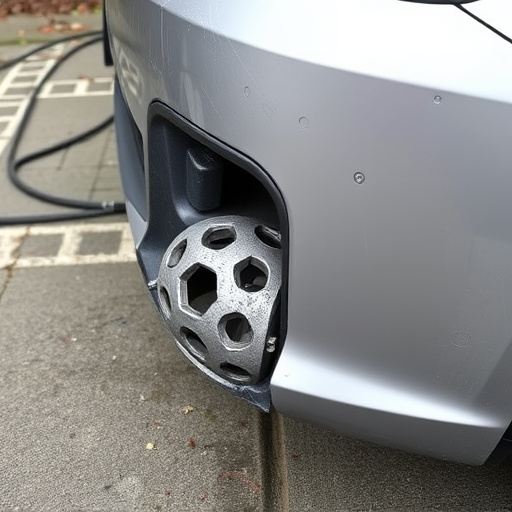
Optimizing expenses is a key aspect of efficient sectioning procedures, especially in industries like collision repair and vehicle restoration where materials and labor costs can quickly mount up. Implementing strategic cost-saving measures not only benefits businesses but also makes high-quality services more accessible to customers. One effective strategy is leveraging bulk purchasing power; acquiring materials in larger quantities from trusted suppliers often results in significant discounts. Additionally, prioritizing eco-friendly options for materials like recycled body parts or environmentally safe paints can reduce operational costs and appeal to environmentally conscious consumers.
Another powerful technique involves process streamlining. For instance, adopting digital technologies for design and measurement can minimize errors, reducing the need for costly rework. Automated painting systems in vehicle paint repair processes enhance precision and speed, leading to more efficient use of resources. Furthermore, regular equipment maintenance ensures optimal performance, extending the lifespan of tools and machinery, which translates into substantial long-term savings compared to frequent replacements.
Sectioning procedures, while essential for managing projects efficiently, can be optimized through strategic budgeting. By understanding cost factors and implementing efficient practices, businesses can achieve cost-effective sectioning without compromising quality. These tips enable better allocation of resources, ensuring each project stays on track within budget constraints. Embracing these strategies empowers teams to excel in their project management, making sectioning procedures a valuable asset rather than a financial burden.



